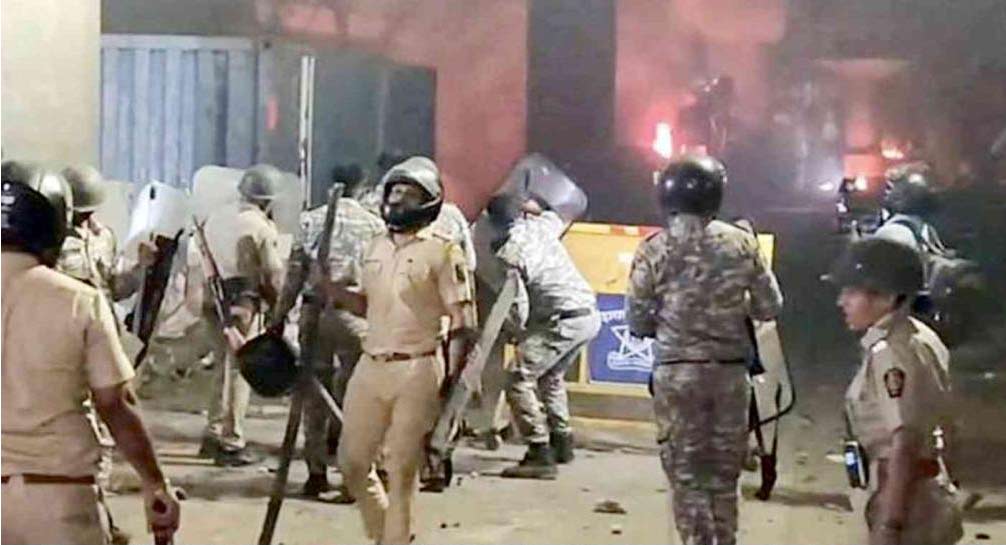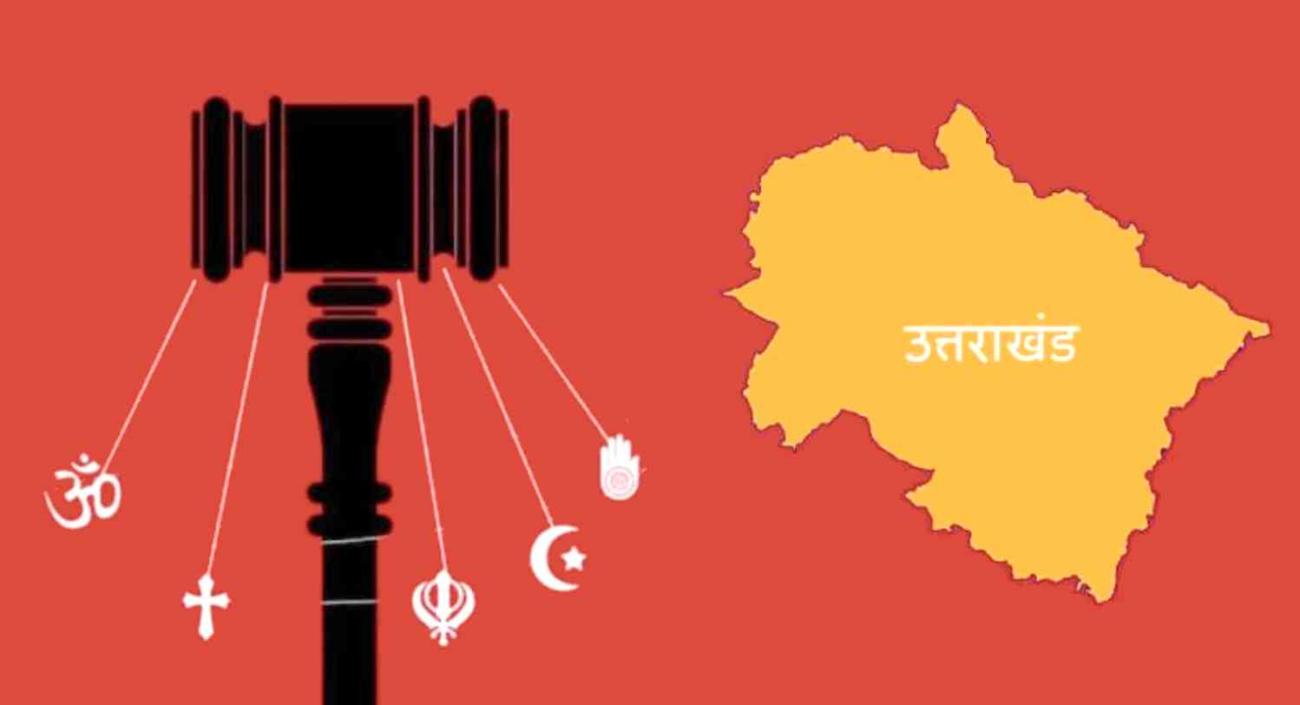The beginning of a new conversation on women is welcome, but this two-year focus on rape as the key indicator of womens status in India has been both statistically faulty and counterproductive.
Where does India actually stand in global comparison? India is placed 85th among 121 countries for reported rape, and 39th among 99 countries for unreported rape.
Both sets of statistics together place India towards the middle to lower end of the global scale of sexual violence. Yet, for the last two years, the rhetoric around rape in India has not reflected this.
None of this is to say that sexual violence is not a problem in India, or that there are acceptable levels� of rape. Moreover, sexual violence statistics mask the level of sexual threat and resulting insecurity that are constant companions for women on Indian streets, even when they do not result in violent rape.
Womens autonomy
However, this statistically faulty focus on rape has led to both a misdiagnosis and a worsening of Indias real problem when it comes to women: autonomy. Just one in five women has her name on her houses papers and four out of five need permission to visit a doctor, the India Human Development Survey revealed. Just one in five women is in the workforce, making Indias workforce one of the most gender-biased in the world.
Part of the reason Indias official sexual violence statistics are low is this lack of female autonomy. With rape within marriages not considered a crime in India, and the vast majority of women over the age of 15 being married, police statistics only represent that small proportion of sexual violence that occurs outside of the marital relationship.
This lack of autonomy interacts with sexual violence statistics in one more key way. As The Hindus investigation of 543 judgements on rape in Delhis district courts showed earlier this year (The many shades of rape cases in Delhi,� July 29), the largest part of what is classified as rape is actually parental criminalisation of consensual sexual relationships, often when it comes to inter-caste and inter-religious couples. Yet Indias official rape statistics are used as shorthand for a lack of public safety, not a lack of autonomy.
Womens movement outside their marital homes, already restricted, is in danger of further shrinking in the face of the disproportionate focus on public sexual violence over the last two years. Instead of pushback against the curtailment of womens freedoms, these are in fact being sacrificed at the altar of womens safety: the promotion of toilets inside the house as a measure for womens safety is just one example of this. On a reporting trip in Fatehpur district in Uttar Pradesh earlier this year, the male head of a rural household told me: When my son got married, I built a toilet for my daughter-in-law. She is not to leave the house for anything � I dont want her to leave the house to go to the toilet either.� This is a sentiment widely repeated and, moreover, rewarded by official policy.
The right direction
If India is serious about allowing something substantive to emerge from the conversation that began two years ago, it needs two things. One, the recognition that the vast majority of sexual violence experienced by women is within marriages � 97.7 per cent of all sexual violence, as per the Demographic and Health Survey (DHS) used in the UN Women database, is perpetrated by husbands. Two, the acknowledgement that while sexual violence exists and every act is unacceptable and deserves prosecution, it isnt at the epidemic levels that the last two years of reporting have implied.
What is epidemic is the culturally embedded restriction on womens autonomy, across caste, class and religious groups. Addressing this might sometimes directly contradict what womens safety� might demand, but it is the right direction to go in, both statistically and morally.





